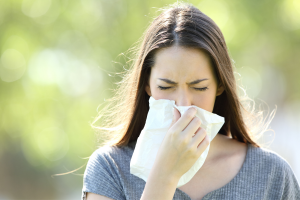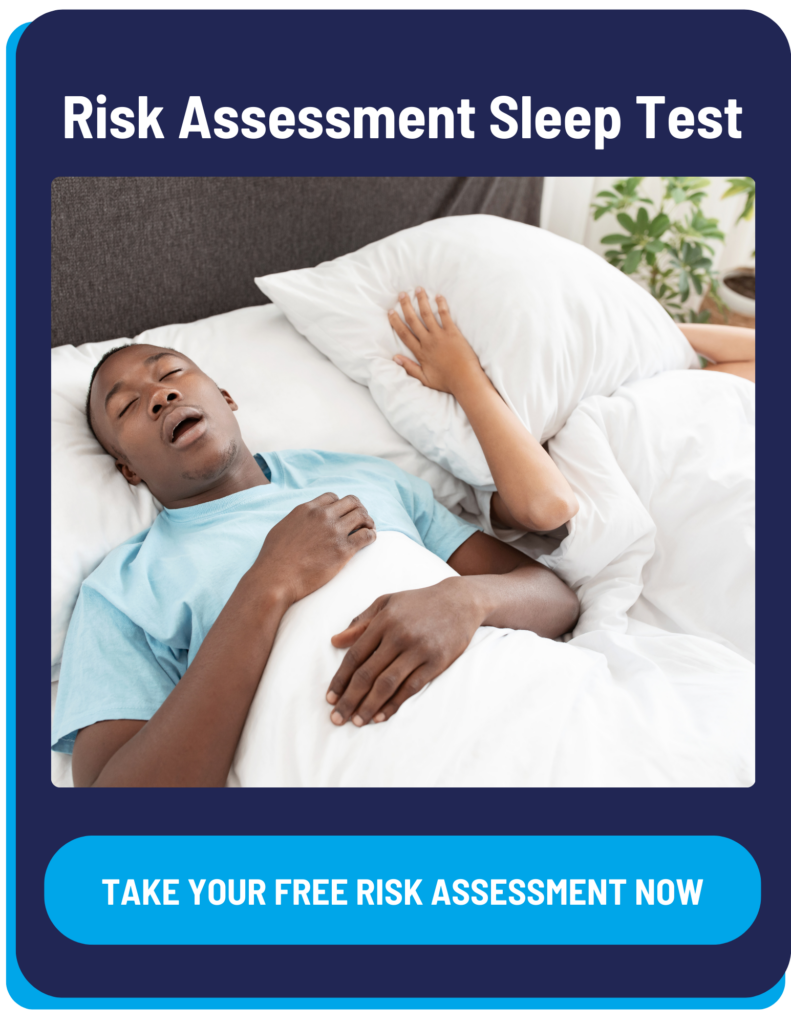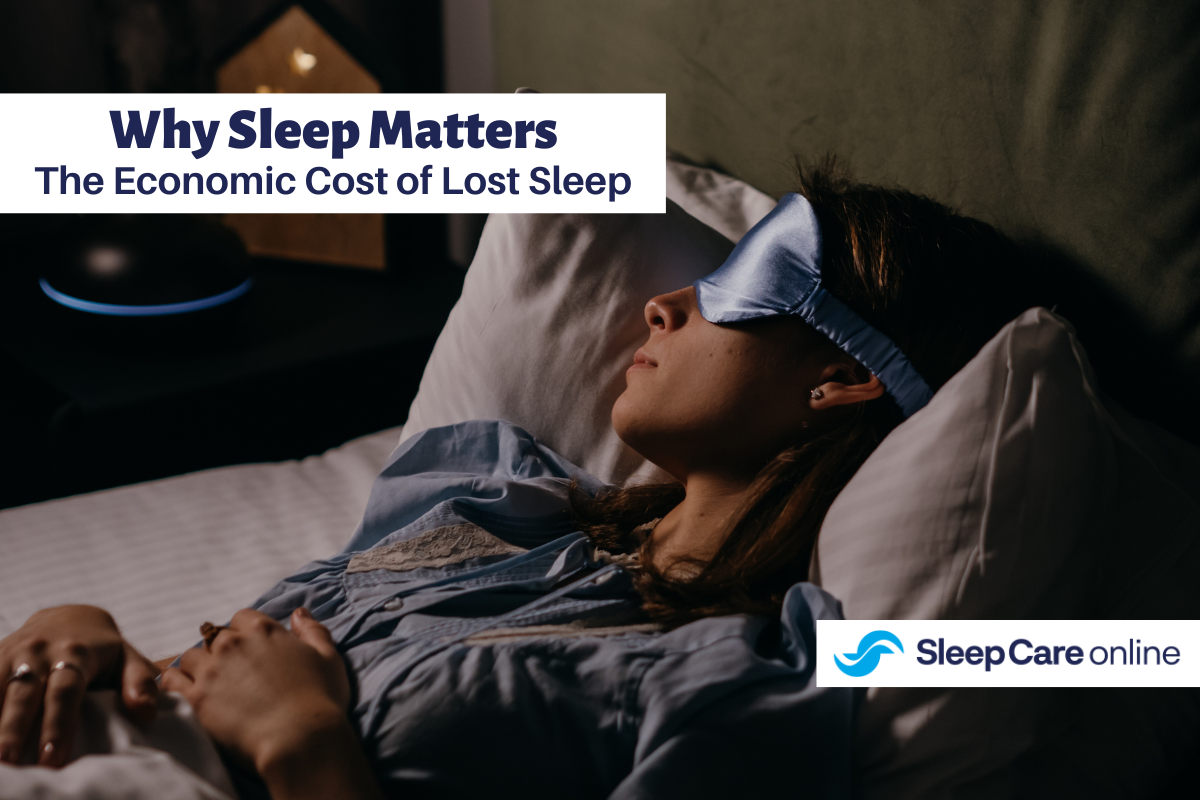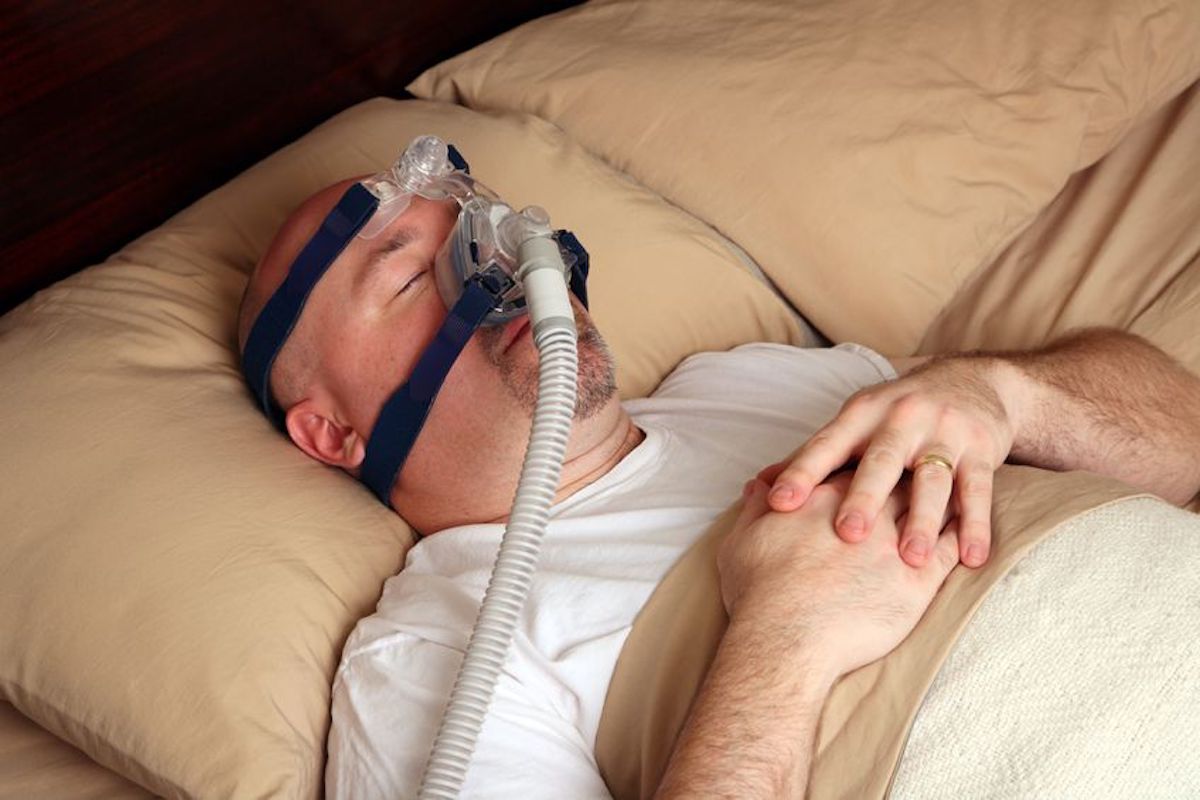Those suffering from allergic rhinitis may also experience an increase in sleep health, especially sleep apnea. Because sleep apnea is the result of disrupted breathing, reduction in the airways from allergic rhinitis can increase sleep apnea symptoms.
Obstructive sleep apnea affects more than 22 million Americans a year, many going undiagnosed with the sleep disorder. Allergic rhinitis affects 5.2 million of the children population and 19.2 million of the adult population.
What is Allergic Rhinitis?
Allergic rhinitis, also known as hay fever, is an allergic reaction that causes sneezing, congestion, an itchy nose, and sore throat. When you breathe in allergens through your nose or mouth, your body reacts by releasing a natural chemical called histamine.
Airborne particles such as pollen, pet dander, mold, and insects can trigger hay fever symptoms. Most severe during allergy seasons, allergic rhinitis can leave most people feeling awful. Some people find relief with lifestyle changes, allergy medications, and immunotherapy (allergy shots).
What are the Symptoms of Allergic Rhinitis?
During allergy seasons such as spring and fall, airborne particles can cause a number of symptoms including:
- Constant sneezing
- Nasal congestion as if you have a cold
- Itchy nose
- Sore or tickly throat
- Runny nose
- Headaches or sinus pain
- Fatigue and a general feeling of discomfort
- Difficulty breathing, coughing, and wheezing
Allergic rhinitis symptoms are often similar to the common cold and are mistakenly treated as such. But allergic rhinitis is not germ-based.
What is the Most Common Cause of Rhinitis?
The peak of allergy seasons during the spring and fall is when allergic rhinitis most commonly causes symptoms. During springtime, pollen is in the air. During the fall, mold and decaying vegetation become airborne and stir up allergic reactions.
However, anyone sensitive to airborne particles including pet dander or dust mites can experience symptoms anytime during the year. Someone may start with symptoms immediately after coming into contact with household pets. A dusty or moldy house may also stimulate symptoms right away.
How Does Allergic Rhinitis Affect My Sleep Apnea?
Because allergic rhinitis causes inflammation and congestion in the nasal passages and the airway the symptoms may aggravate symptoms of obstructive sleep apnea. If you already have obstructive sleep apnea, the added effects of allergic rhinitis can further disrupt normal breathing during sleep. Allergic reactions already interfere with healthy sleep for most people who suffer from allergic rhinitis. The added factor of obstructive sleep apnea makes getting a good night’s sleep even more difficult.
Can Allergic Rhinitis Cause Obstructive Sleep Apnea (OSA)?
While the symptoms of allergic rhinitis can aggravate the symptoms of obstructive sleep apnea, it does not cause the sleep disorder. Sleep apnea is caused when the airway falls closed during sleep causing a disruption in normal breathing.
Patients with sleep apnea wake up gasping when the airway closes. Inflamed and congested nasal and airway passages can only make sleep apnea worse. Patients with sleep apnea have to take special care managing their sleep condition if they experience an episode of allergic rhinitis.
How Do I Get Tested for Sleep Apnea at Home?
Knowing that you have sleep apnea is the first step for managing the sleep disorder, especially if you also suffer from allergic rhinitis. Getting a home diagnosis is easy. Here’s how it works:
- With the Complete Care Package, schedule a 10-minute telehealth visit with a healthcare provider to discuss your symptoms, upcoming sleep study, test results, and treatment options.
- A multi-night, disposable home sleep apnea test is mailed to your home to be completed at your convenience.
- A physician analyzes the sleep data and provides a prescription if needed.
- Schedule an optional follow-up appointment (additional fee applies).
- We connect you to sleep experts who can offer customized sleep therapy options, assistance in equipment purchase, and initial set-up.





